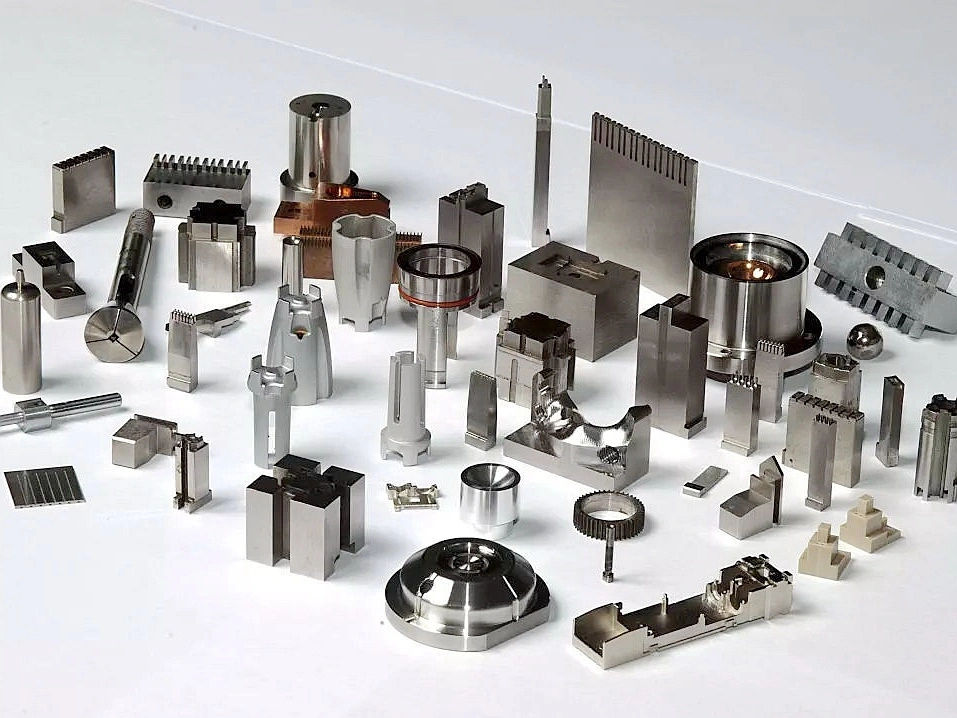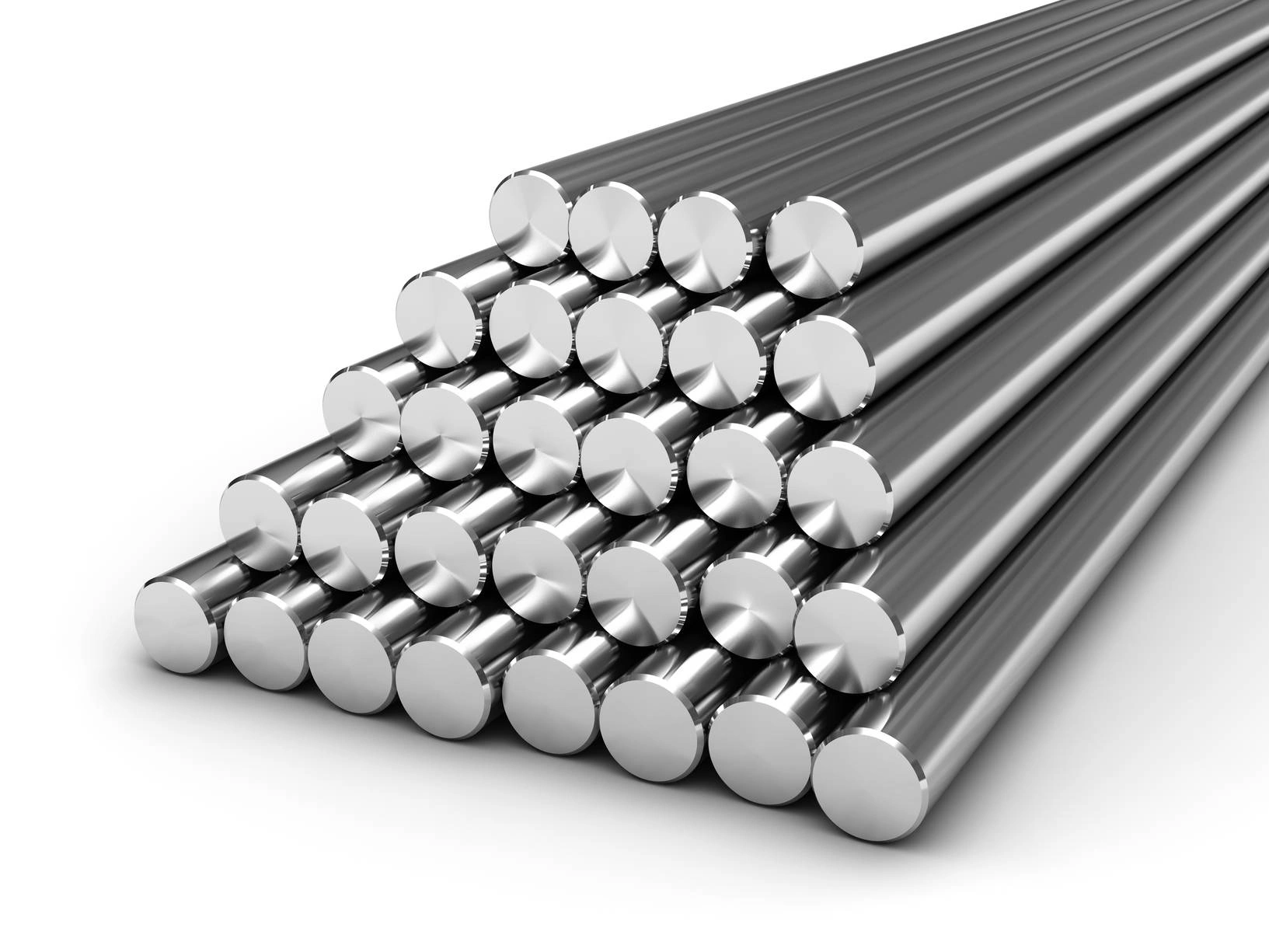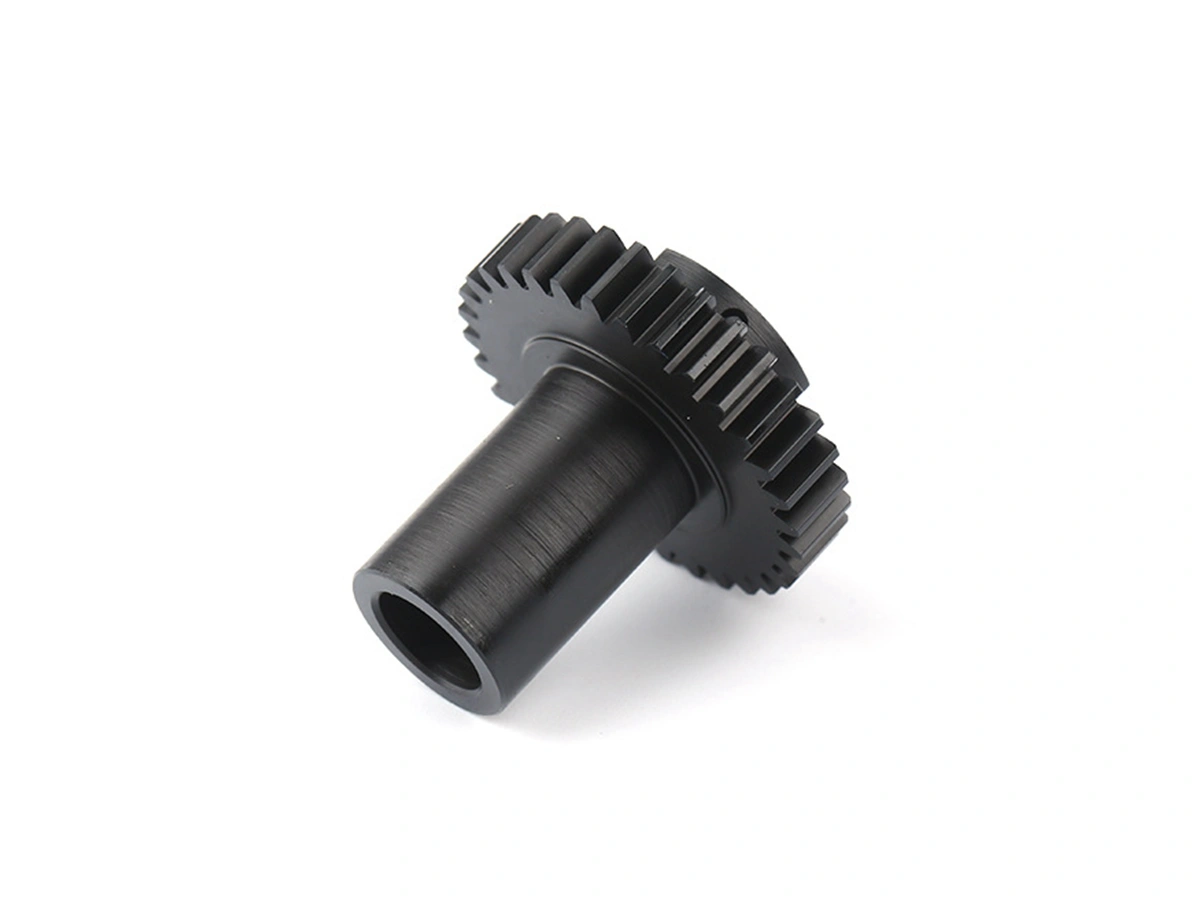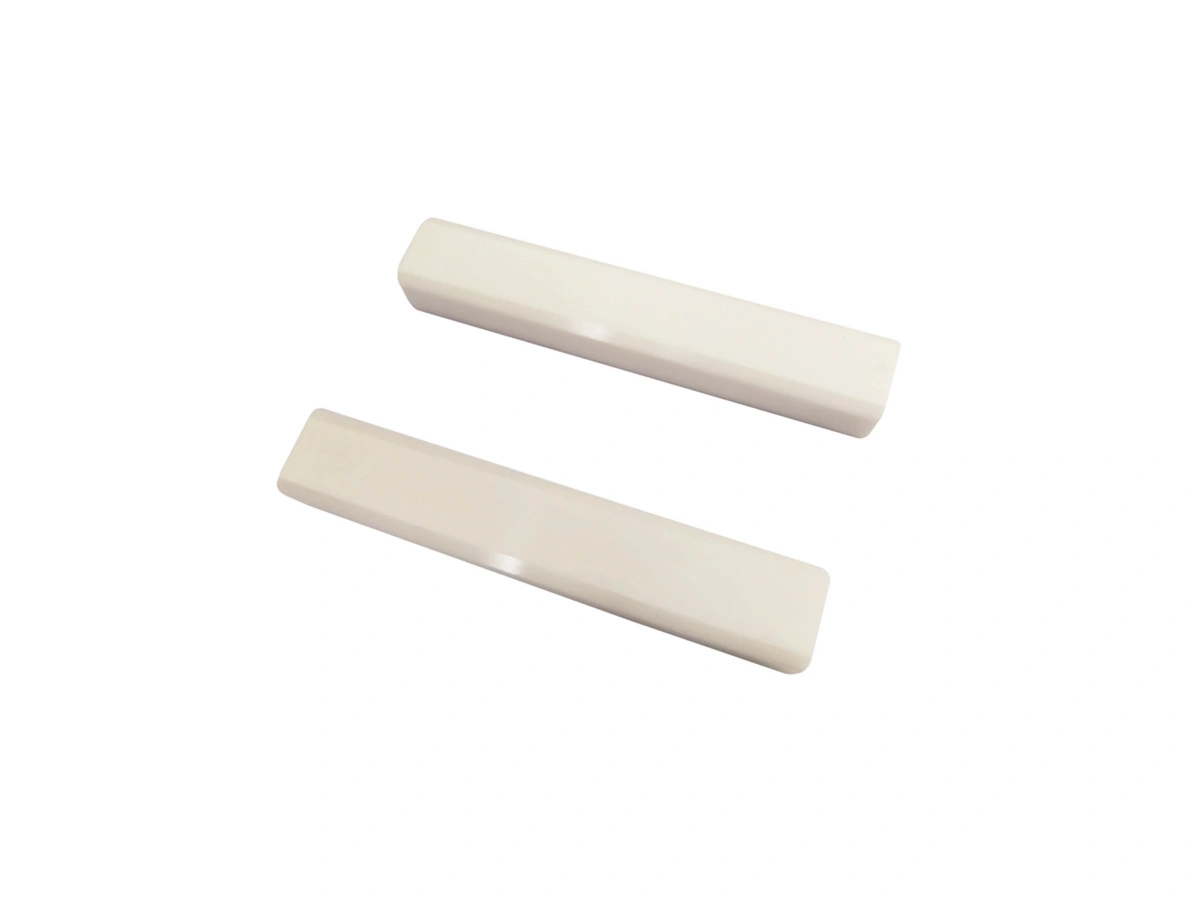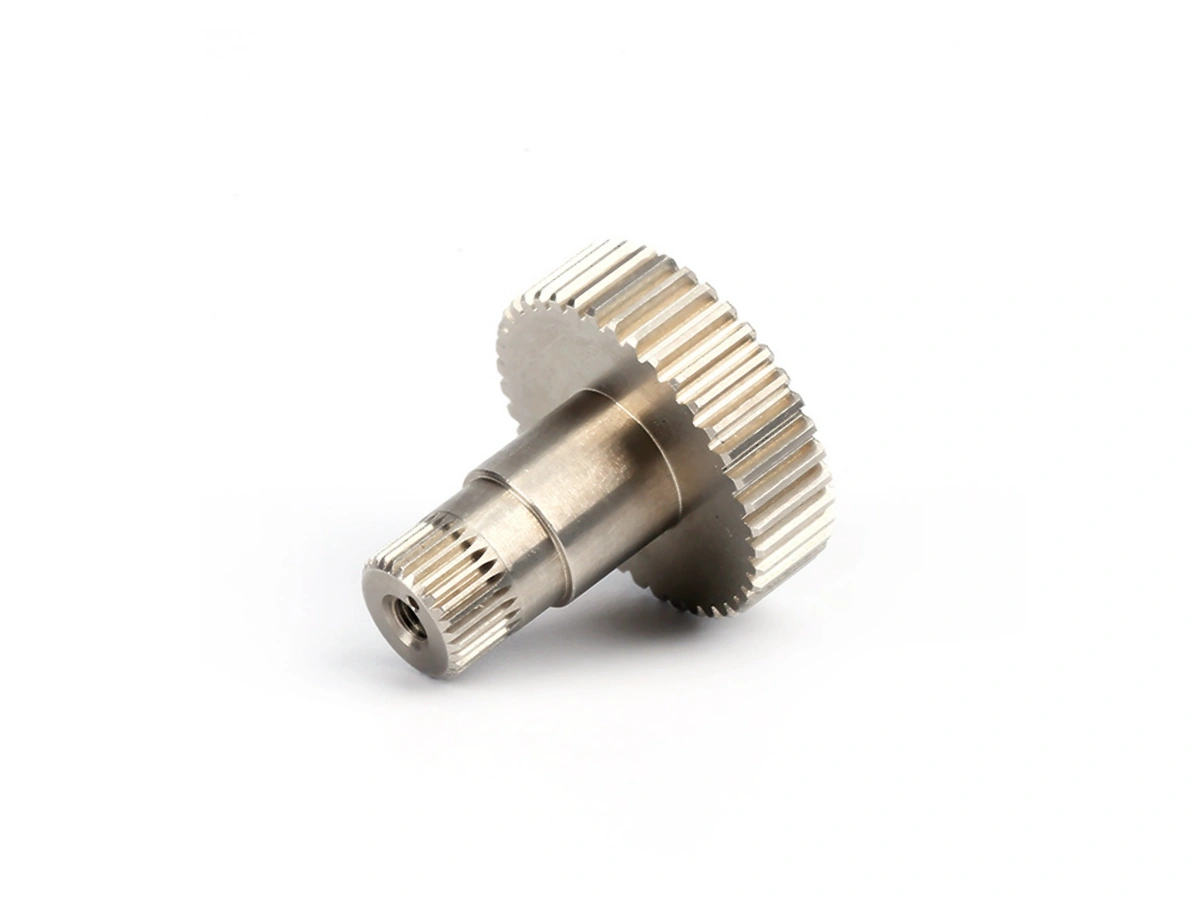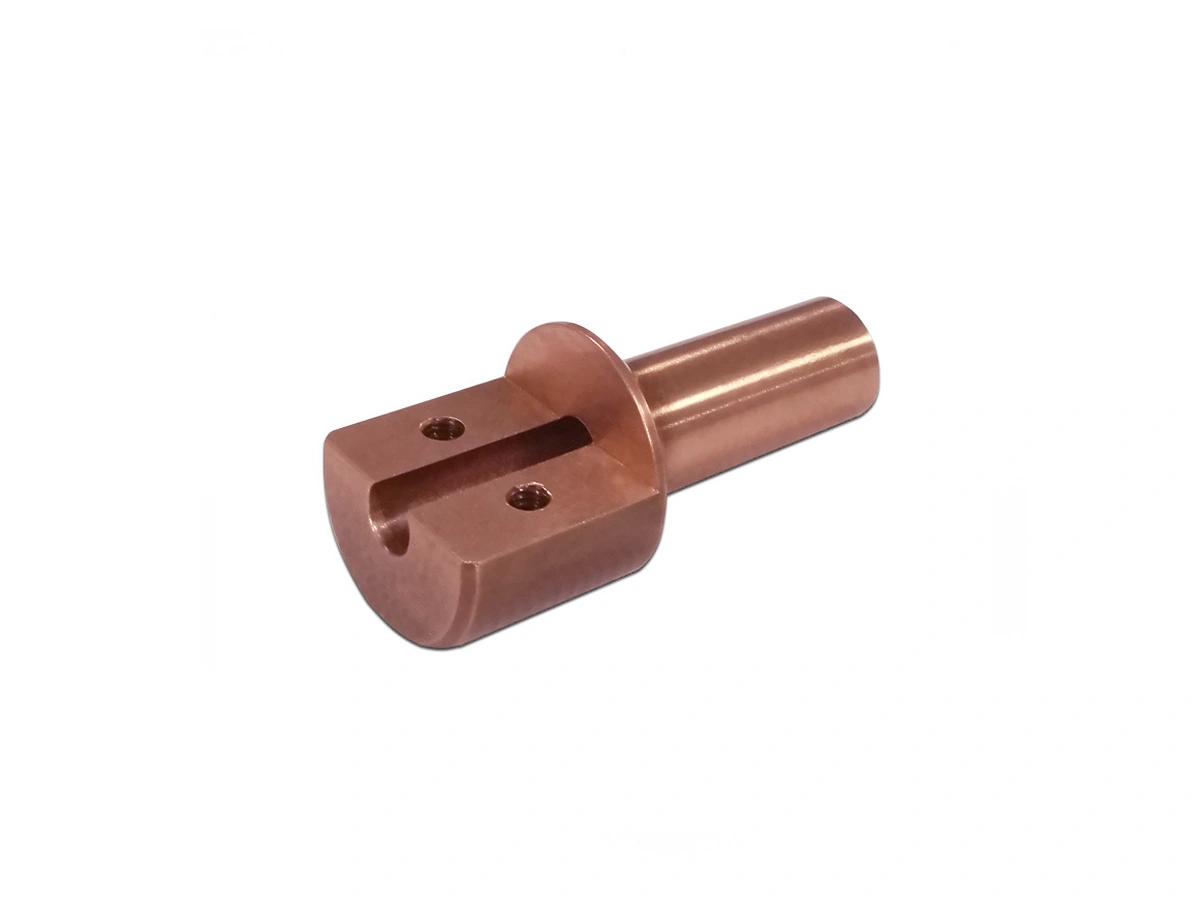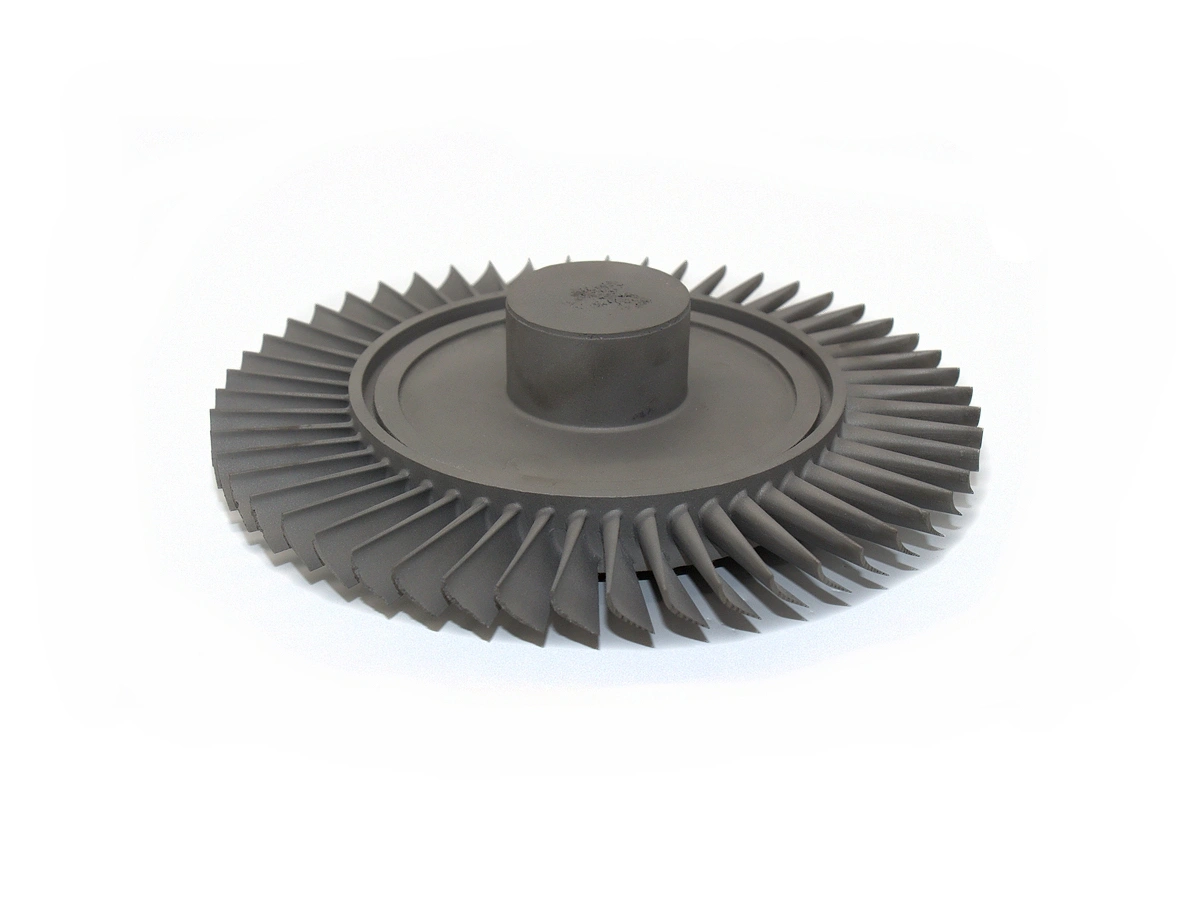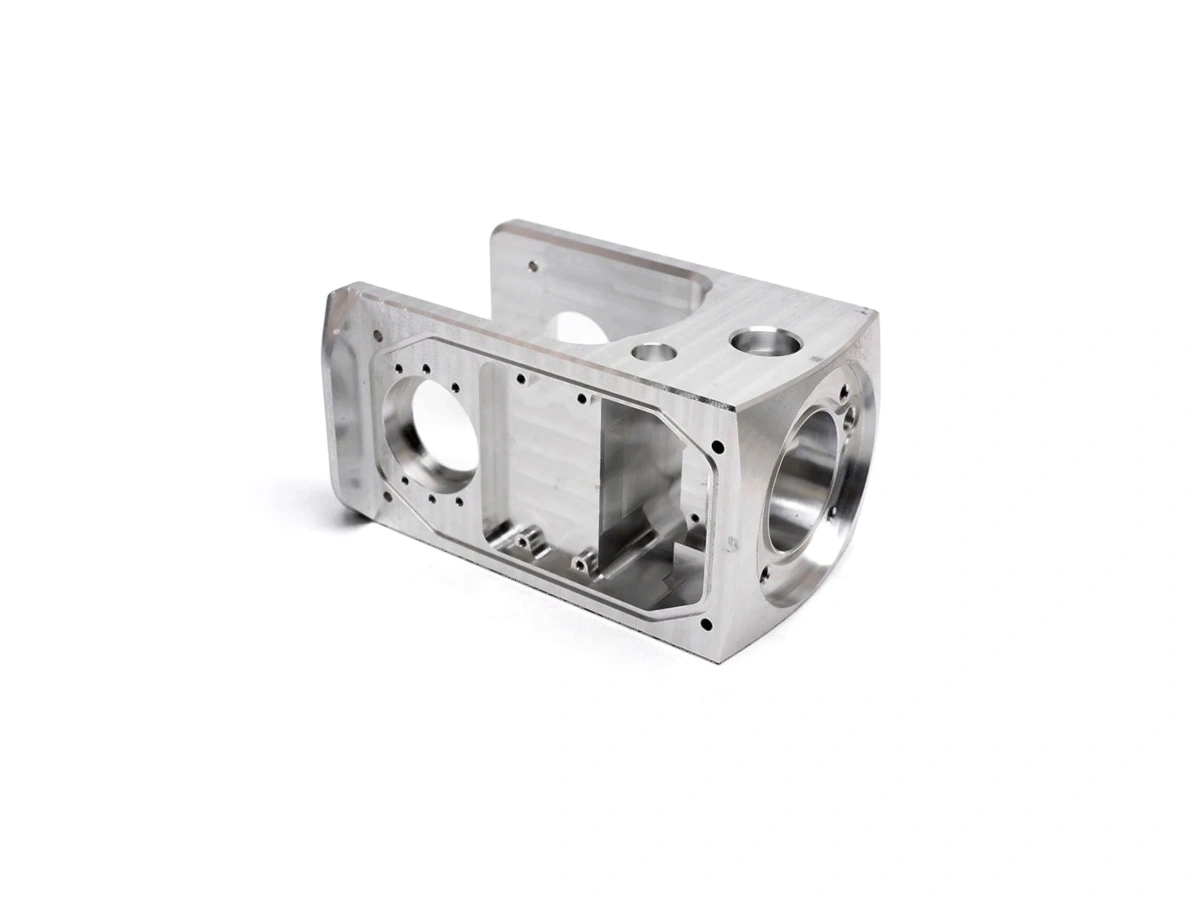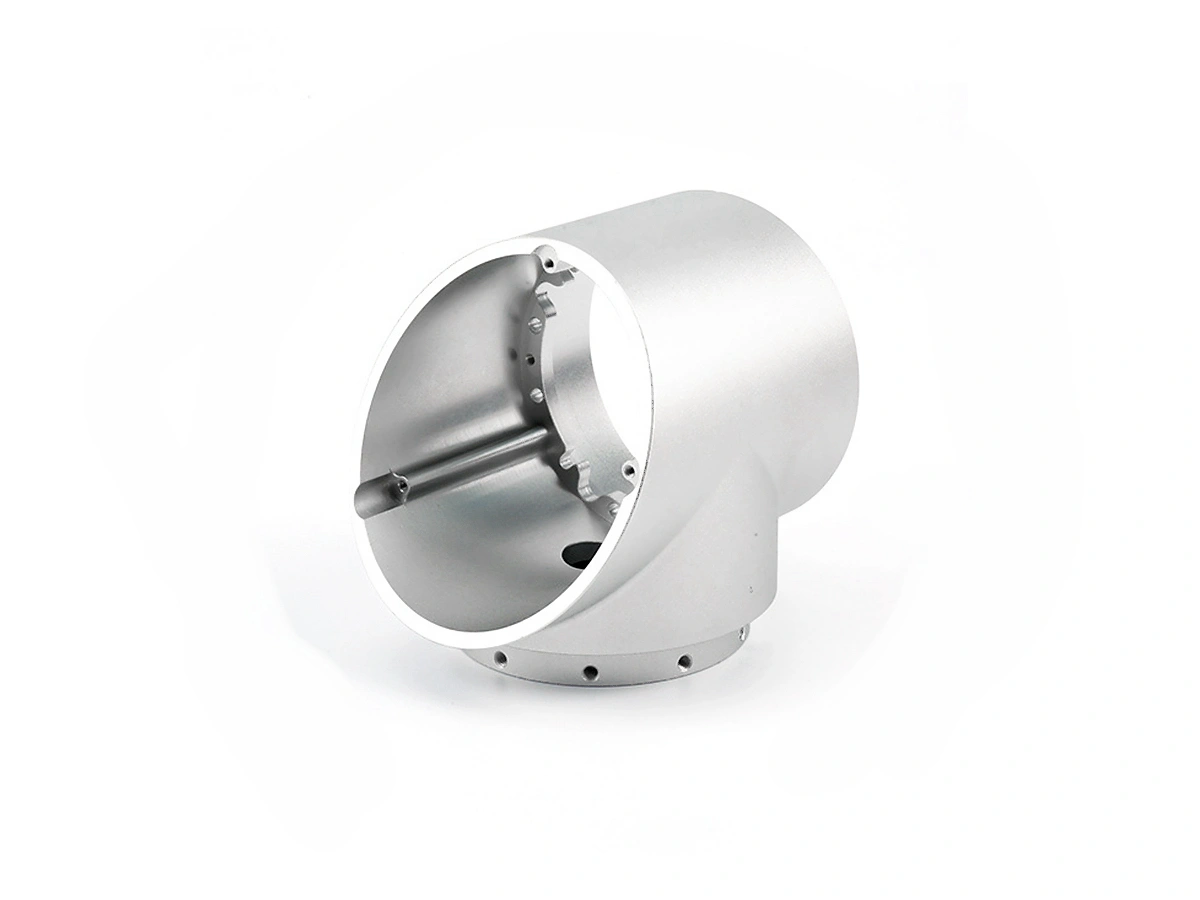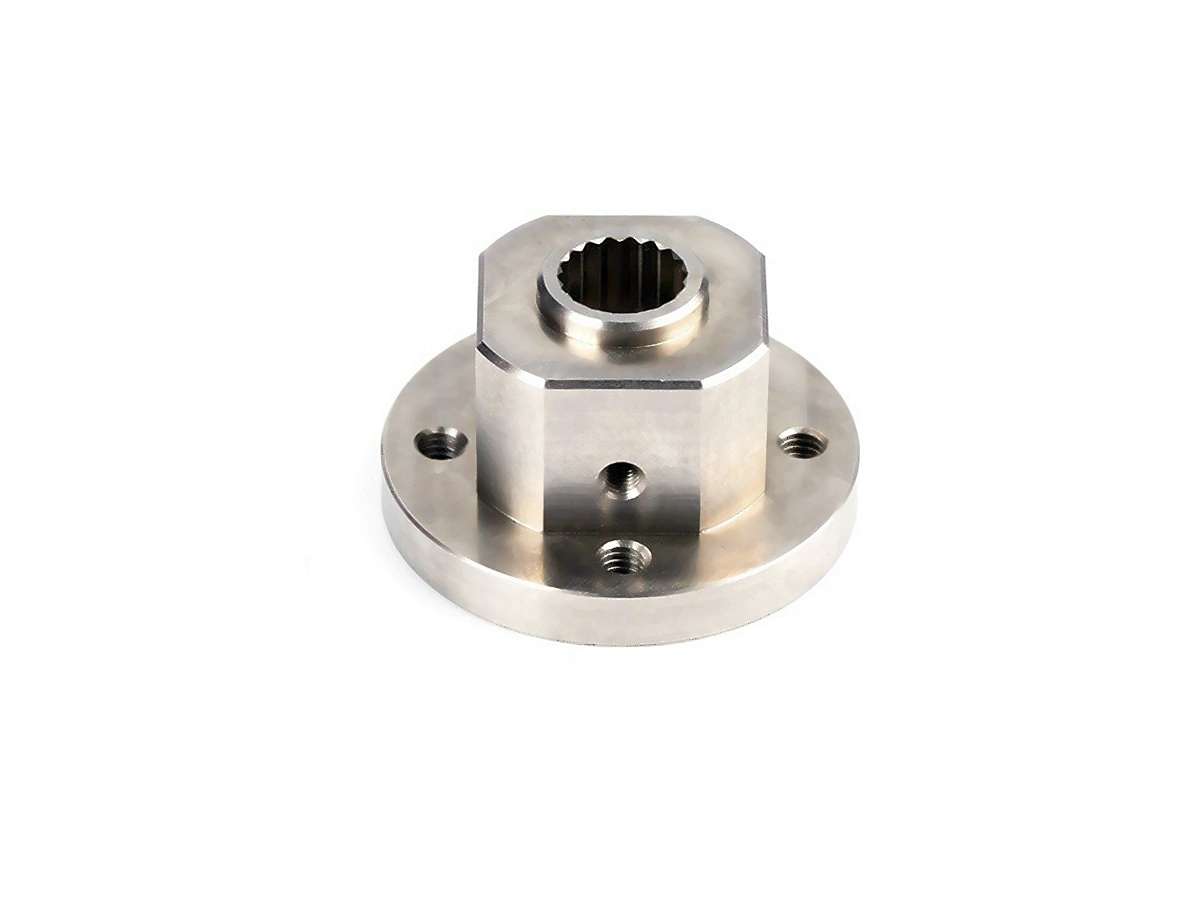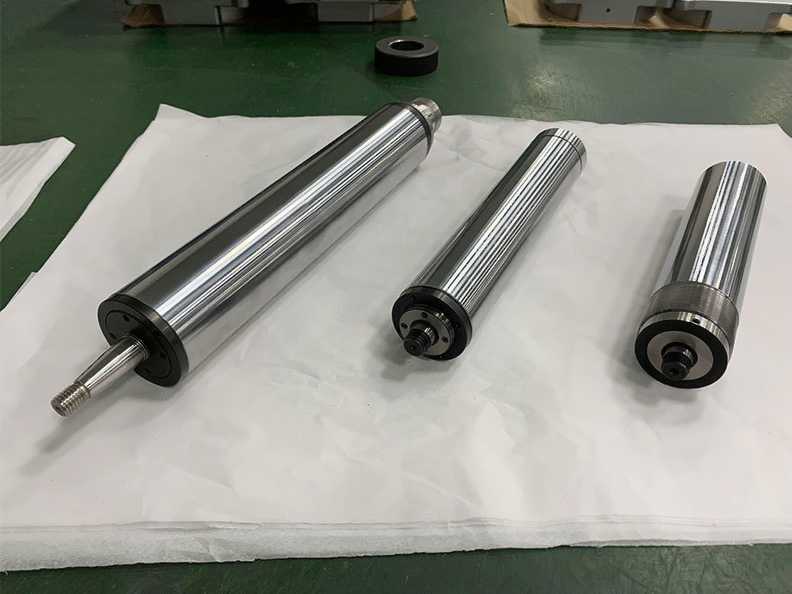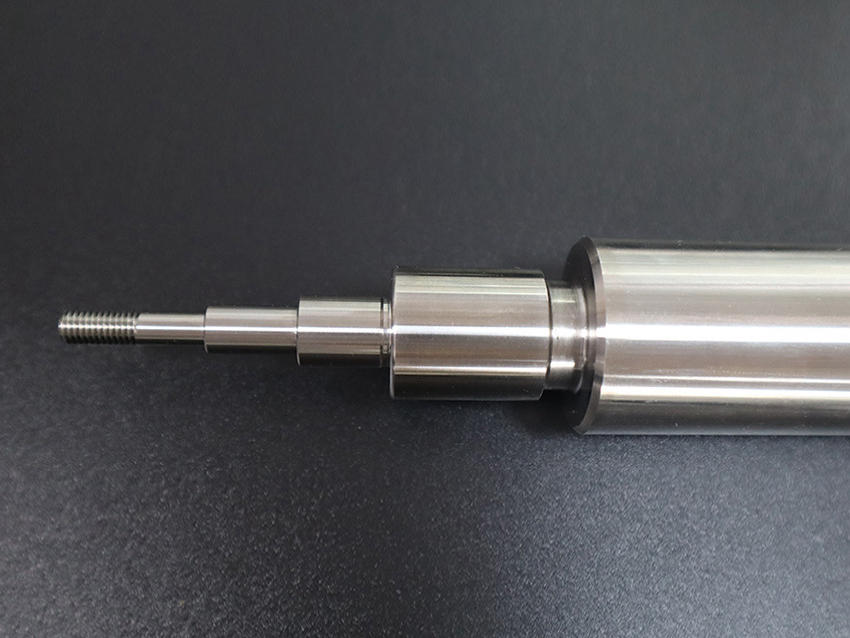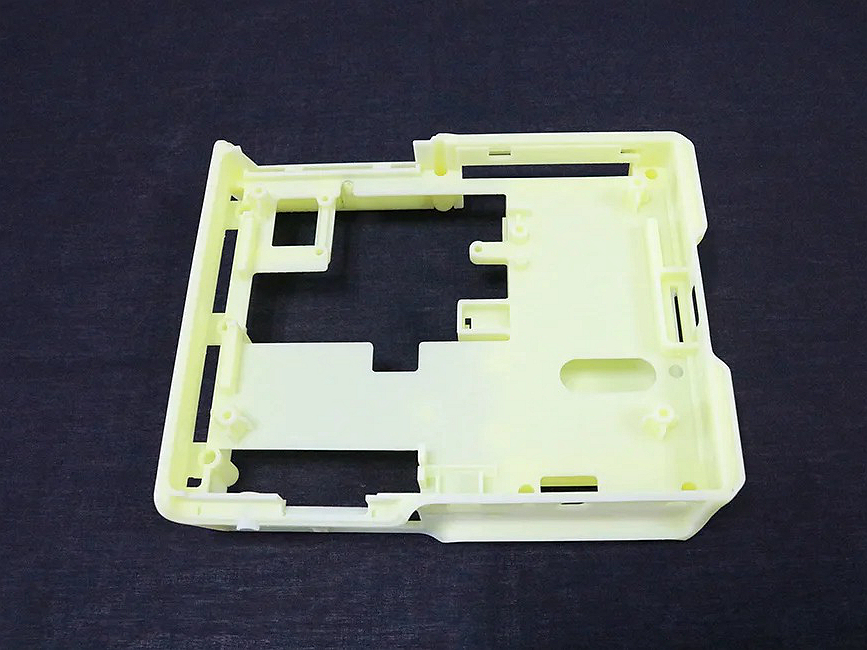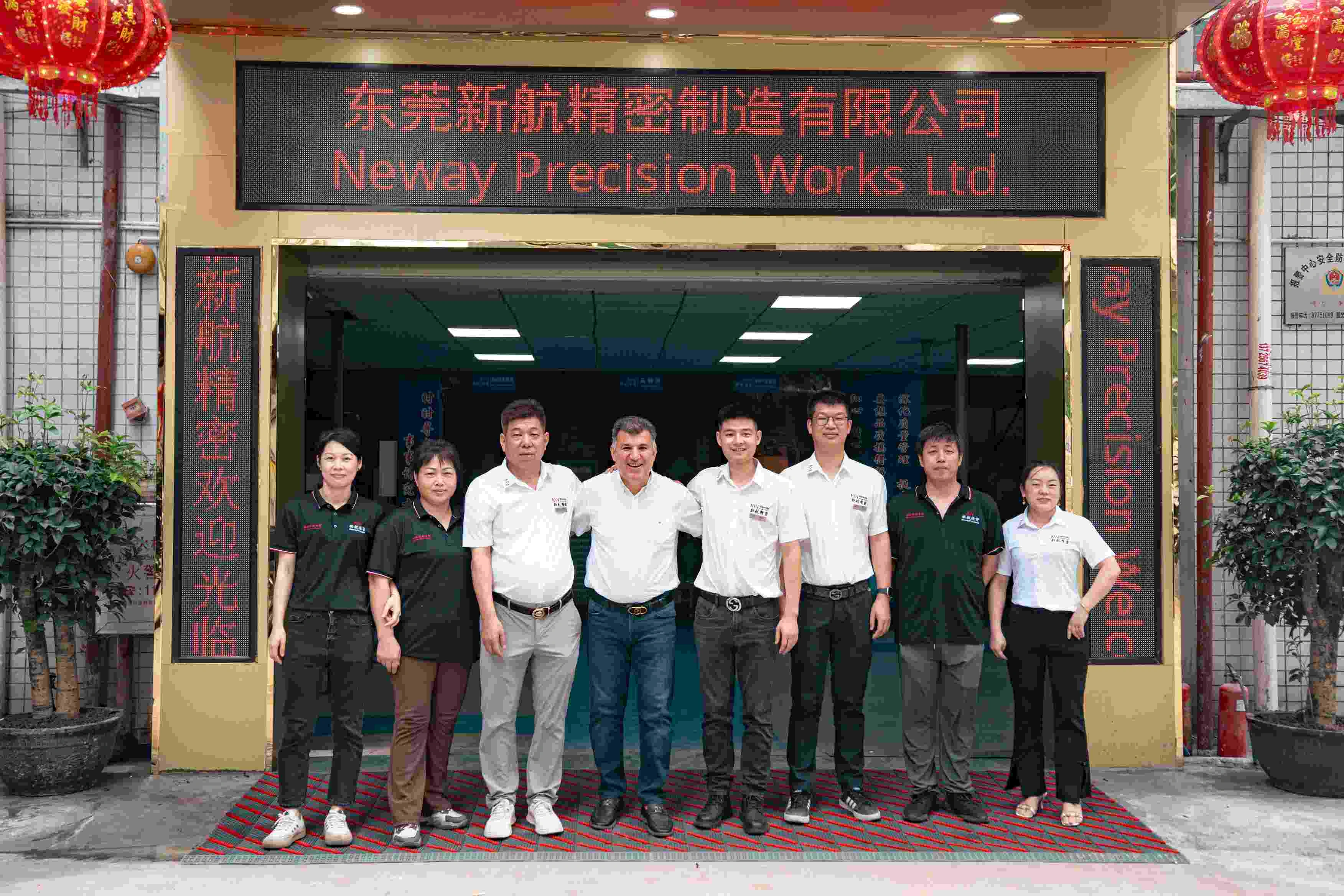Custom Parts Low Volume Manufacturing Service
Custom parts low-volume manufacturing offers flexibility, quick turnaround times, and cost-efficiency for prototype development or small batches. It reduces overhead costs, minimizes waste, allows for design iterations, and ensures high-quality precision with tailored materials and processes.
- Low Volume CNC Machining Manufacturing Service
- Low Volume 3D Printing Service
- Low Volume Rapid Molding Production Service
- Expedited Low Volume Production Service >>
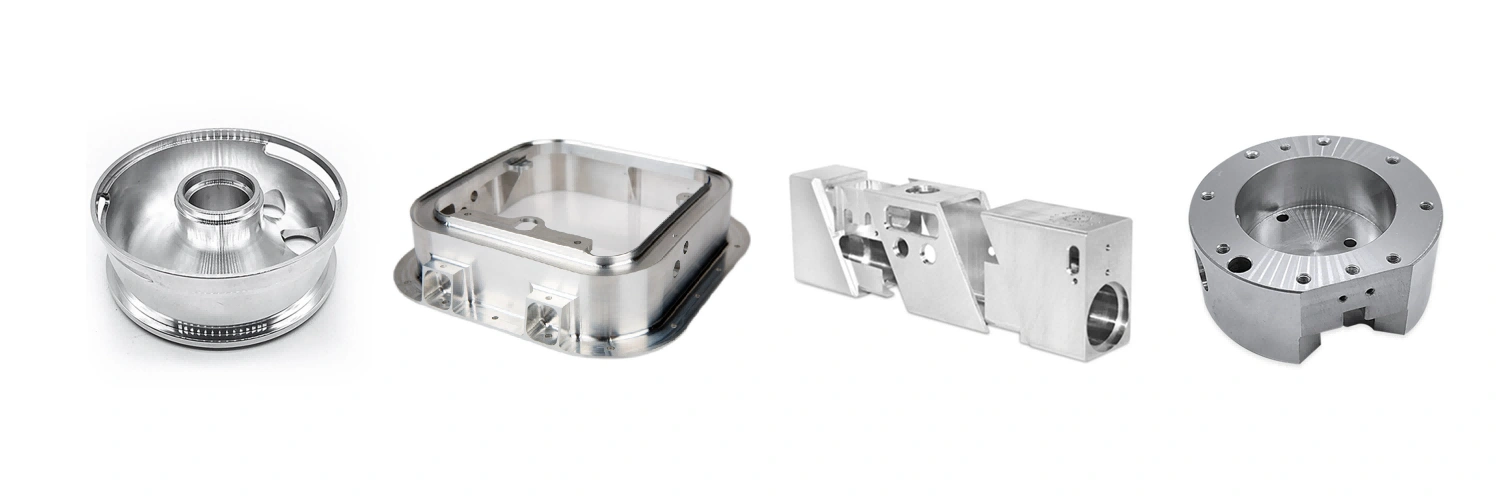
Send us your designs and specifications for a free quotation
All uploaded files are secure and confidential
Low-Volume Machining Manufacturing Capabilities
Low-volume machining manufacturing offers precise, cost-effective solutions with capabilities like CNC machining, milling, turning, drilling, boring, grinding, and multi-axis machining. It ensures high-quality parts with rapid prototyping, flexibility for design changes, and advanced techniques like EDM for complex geometries.
Low Volume Machining Manufacturing Materials Selection
Low-volume machining material selection includes a wide range of options such as superalloys, titanium, aluminum, copper, brass, bronze, carbon steel, stainless steel, plastics, and ceramics. These materials are chosen based on strength, durability, thermal properties, and specific application needs.
Surface Treatment for CNC Machined Parts
Surface treatment for CNC machined parts enhances performance, durability, and aesthetics. Common processes include polishing, which smooths surfaces for a shiny finish; anodizing, which increases corrosion resistance, especially for aluminum; and powder coating, providing a durable, decorative layer. Electropolishing improves smoothness and corrosion resistance, while passivation creates a protective oxide layer on stainless steel. PVD and electroplating offer decorative and functional coatings, such as gold or chrome. Other treatments like sandblasting, brushing, and black oxide improve surface texture, while heat treatment strengthens the material. These treatments optimize parts for specific industrial applications.
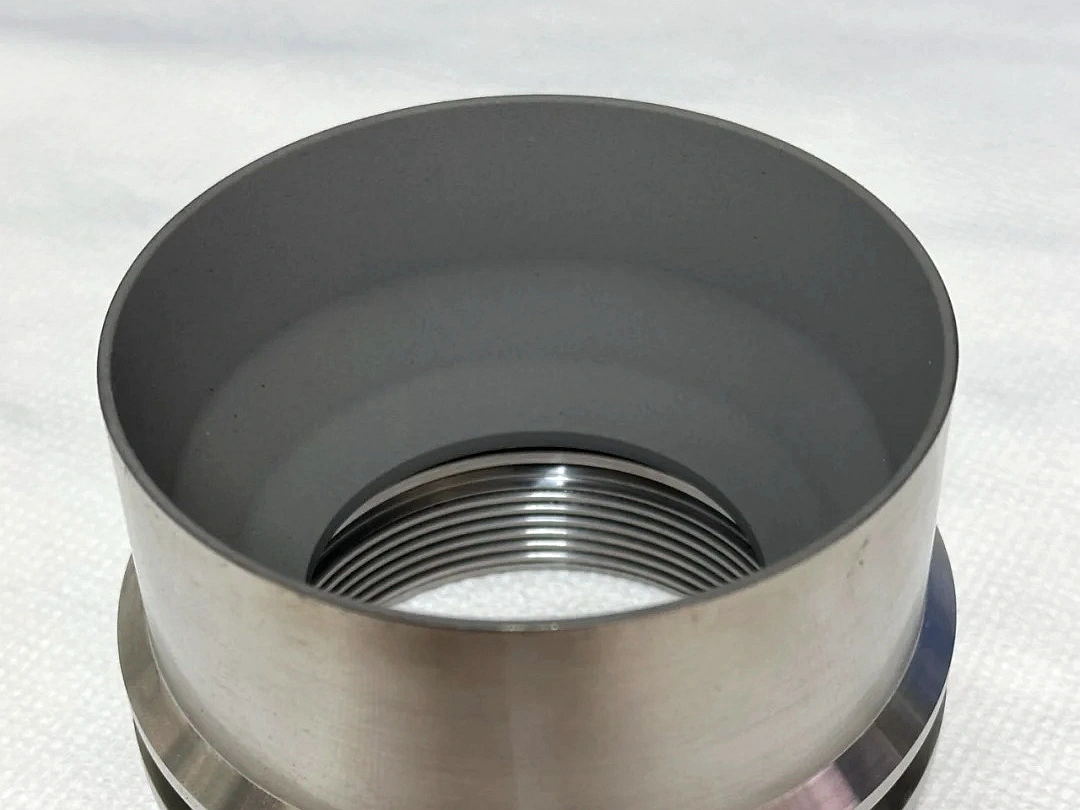
Learn More
Thermal Coating
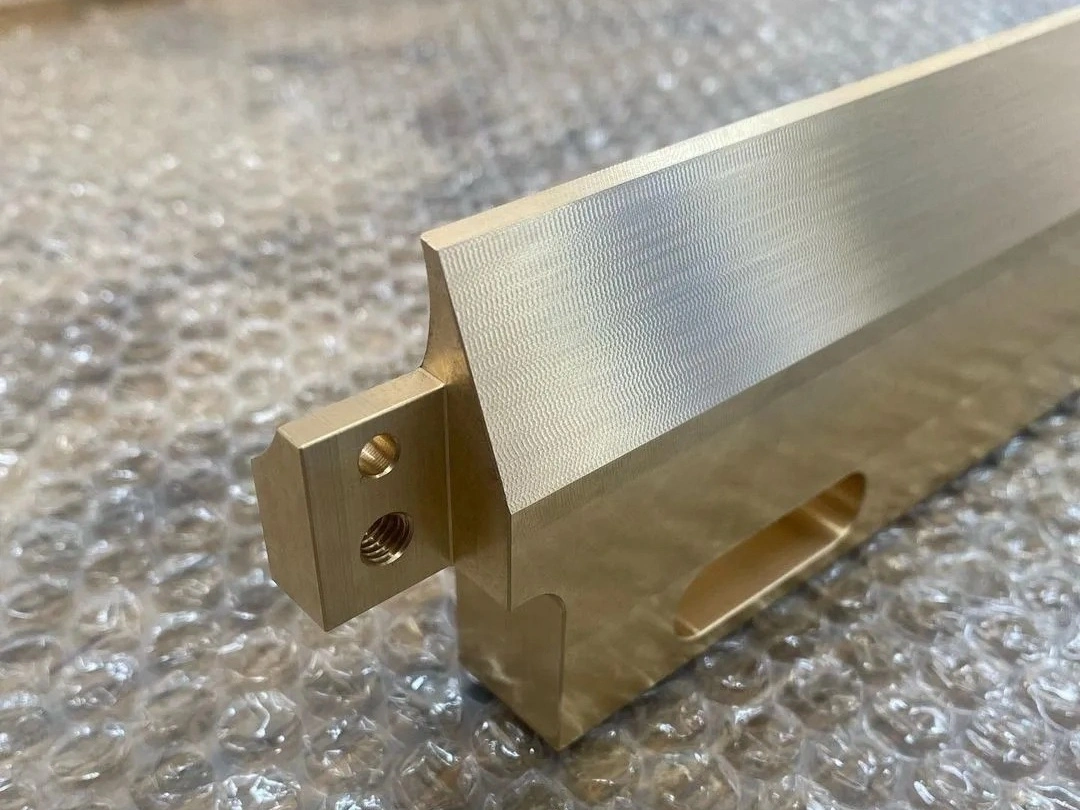
Learn More
As Machined
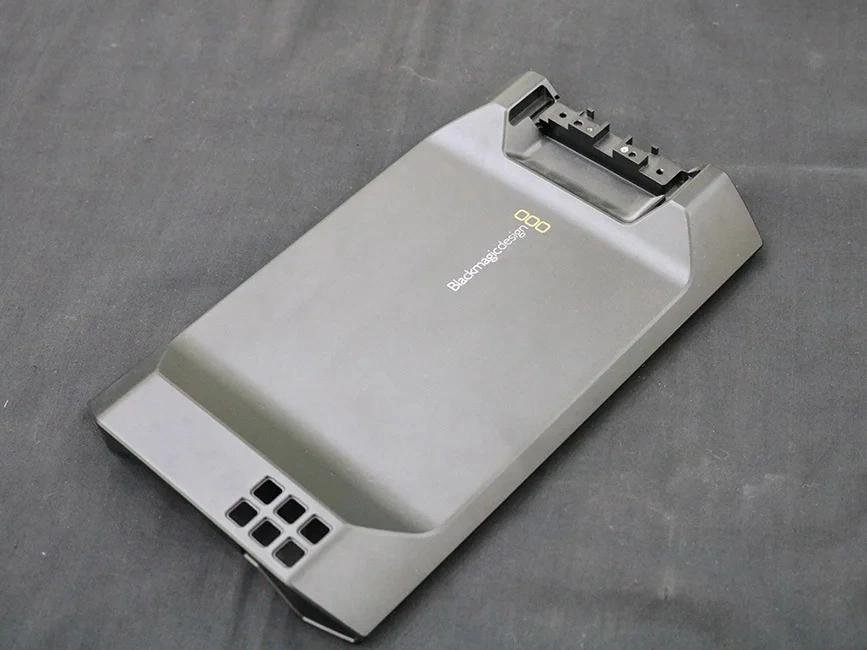
Learn More
Painting
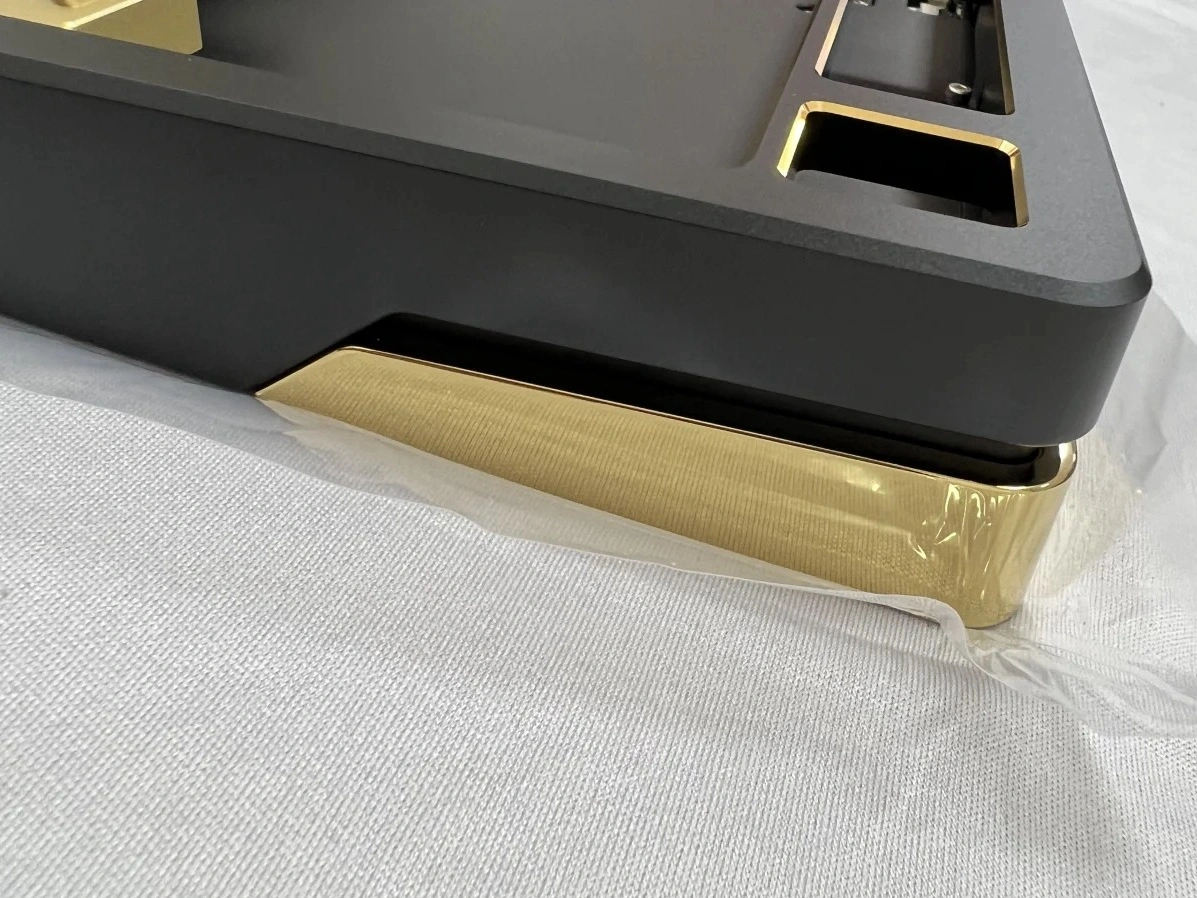
Learn More
PVD (Physical Vapor Deposition)
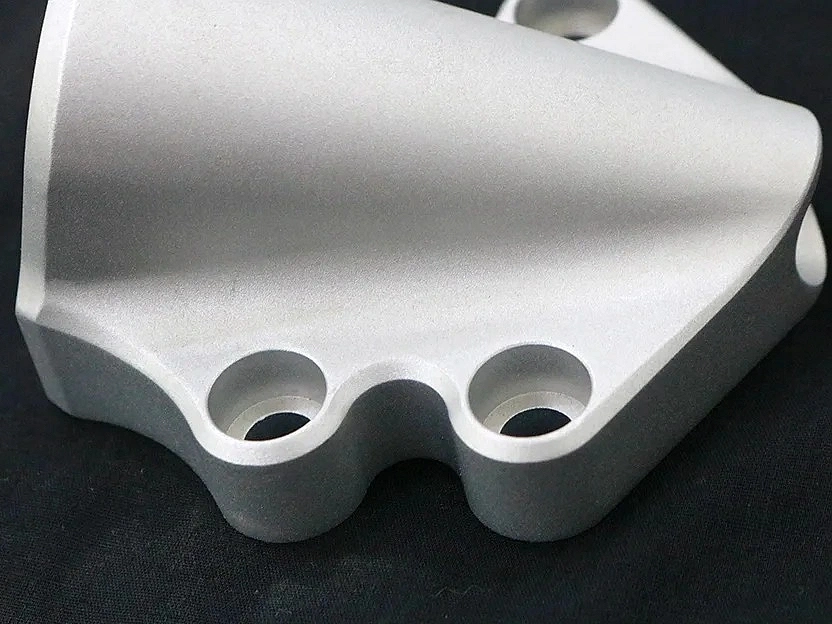
Learn More
Sandblasting
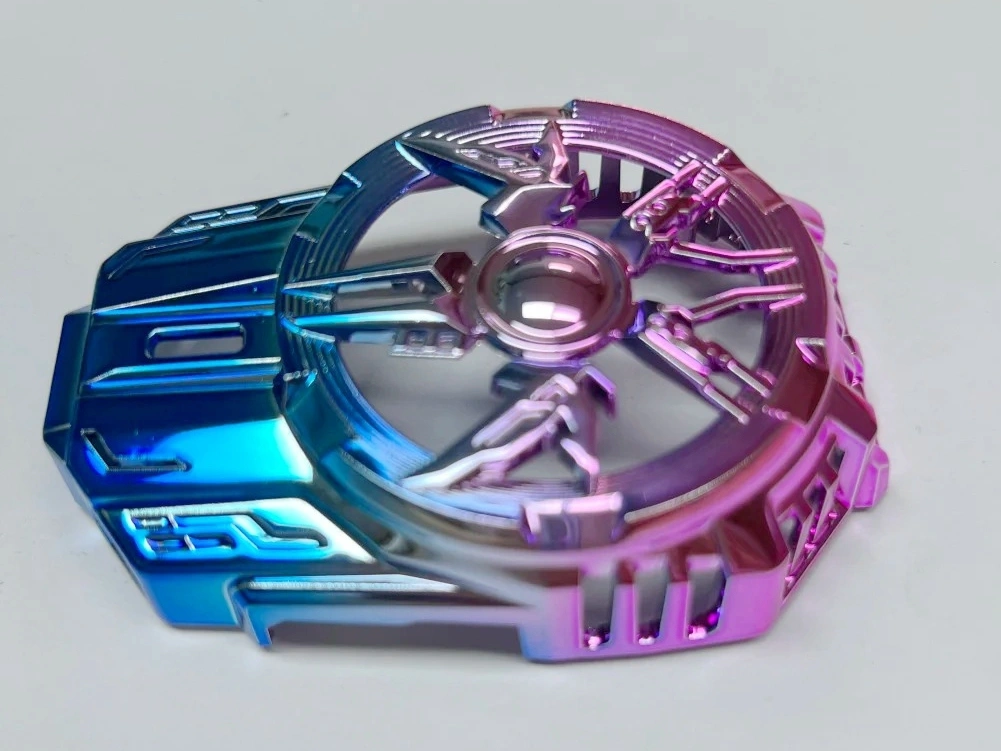
Learn More
Electroplating

Learn More
Polishing
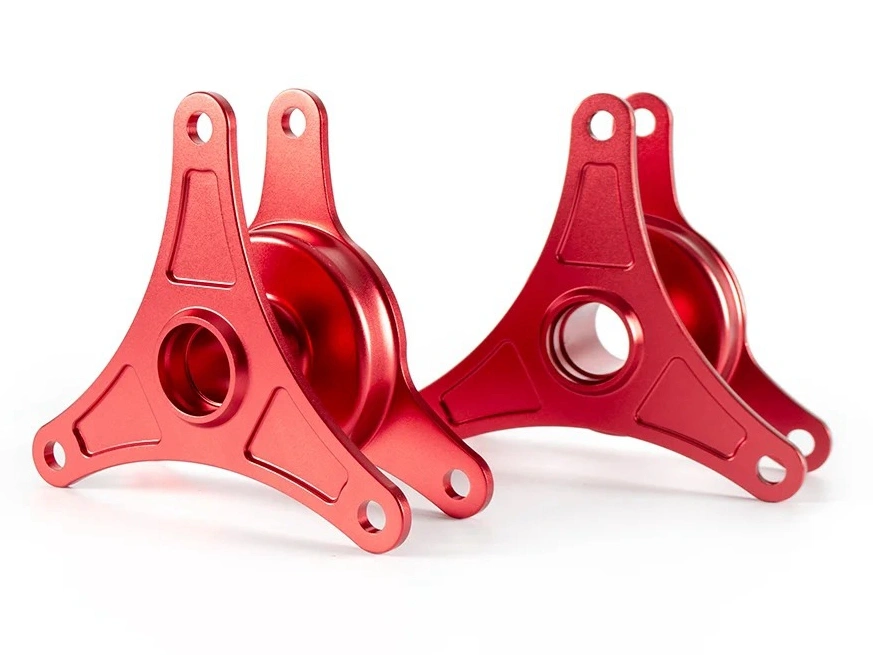
Learn More
Anodizing
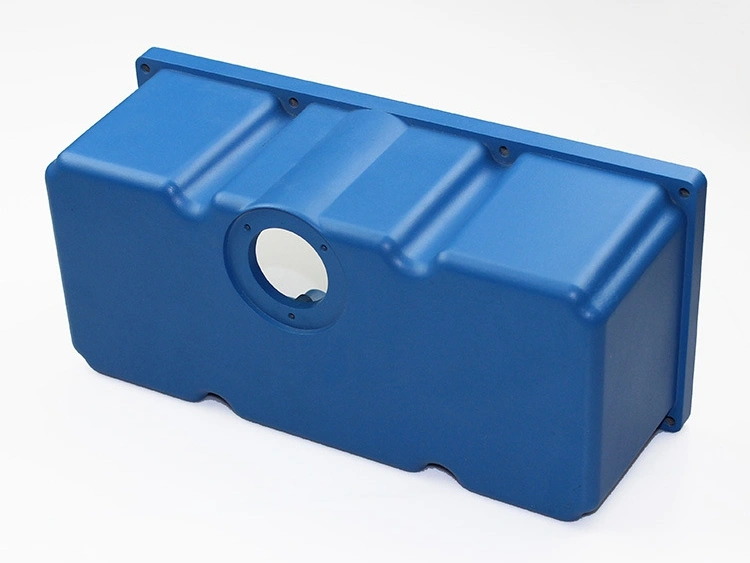
Learn More
Powder Coating
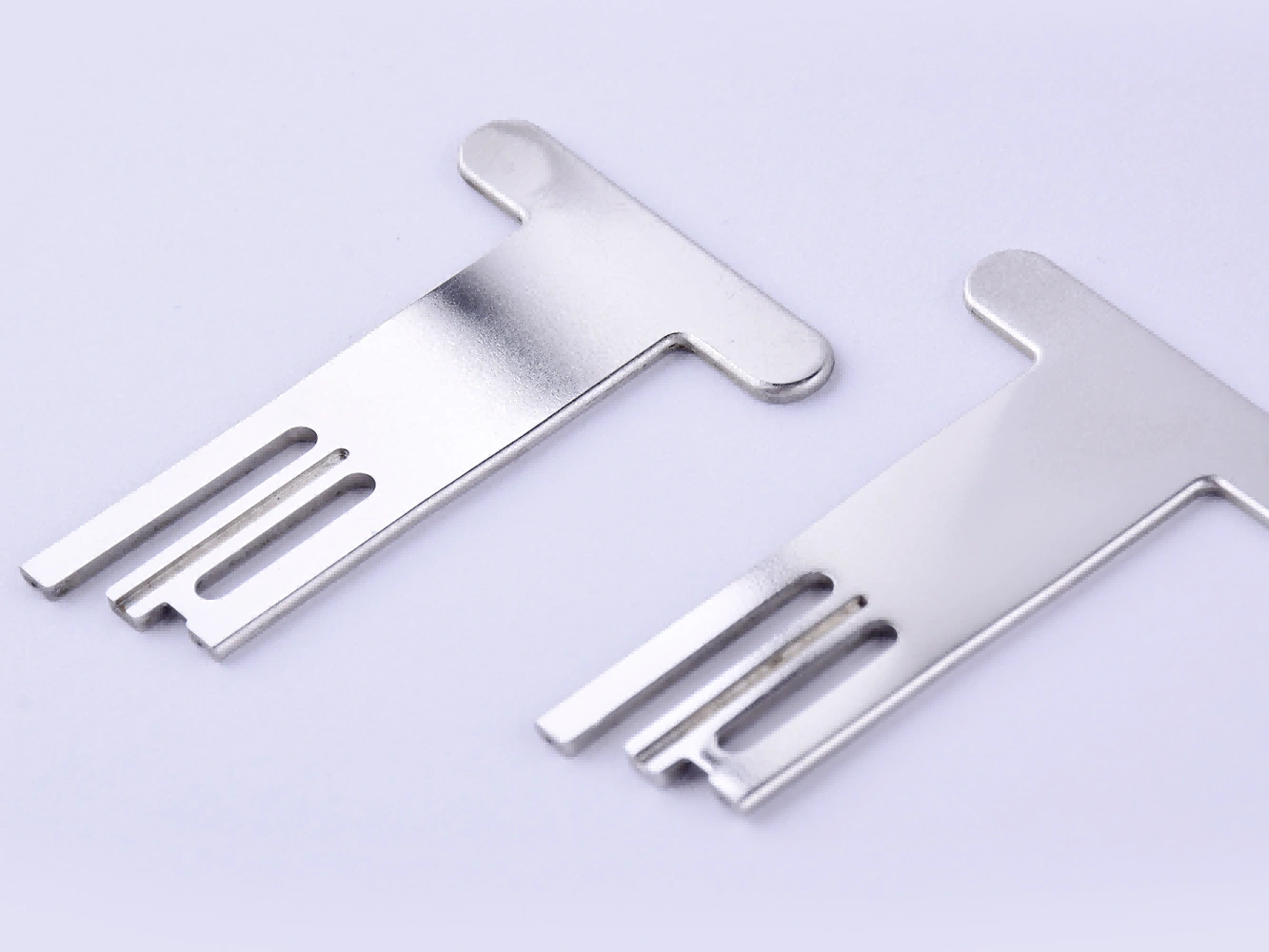
Learn More
Electropolishing
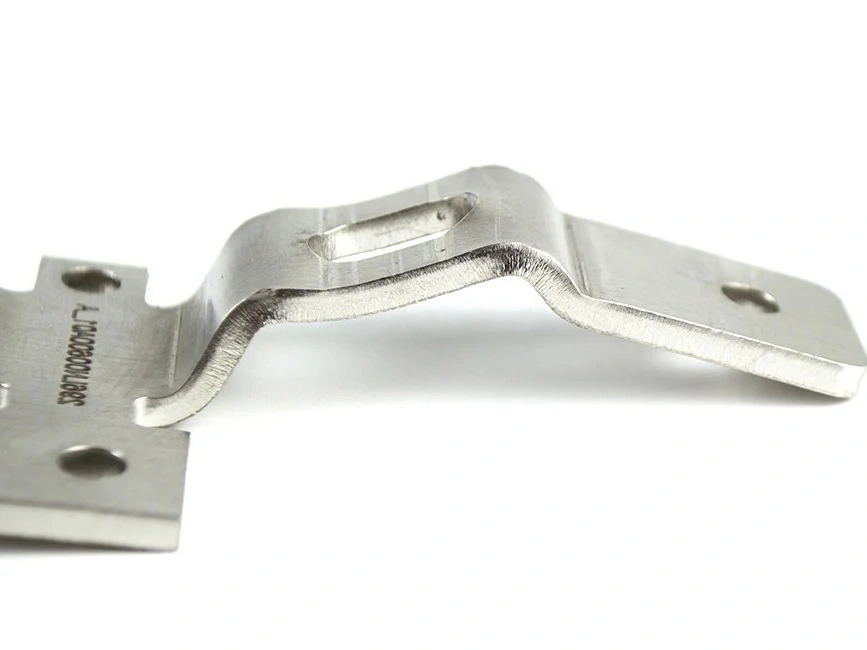
Learn More
Passivation
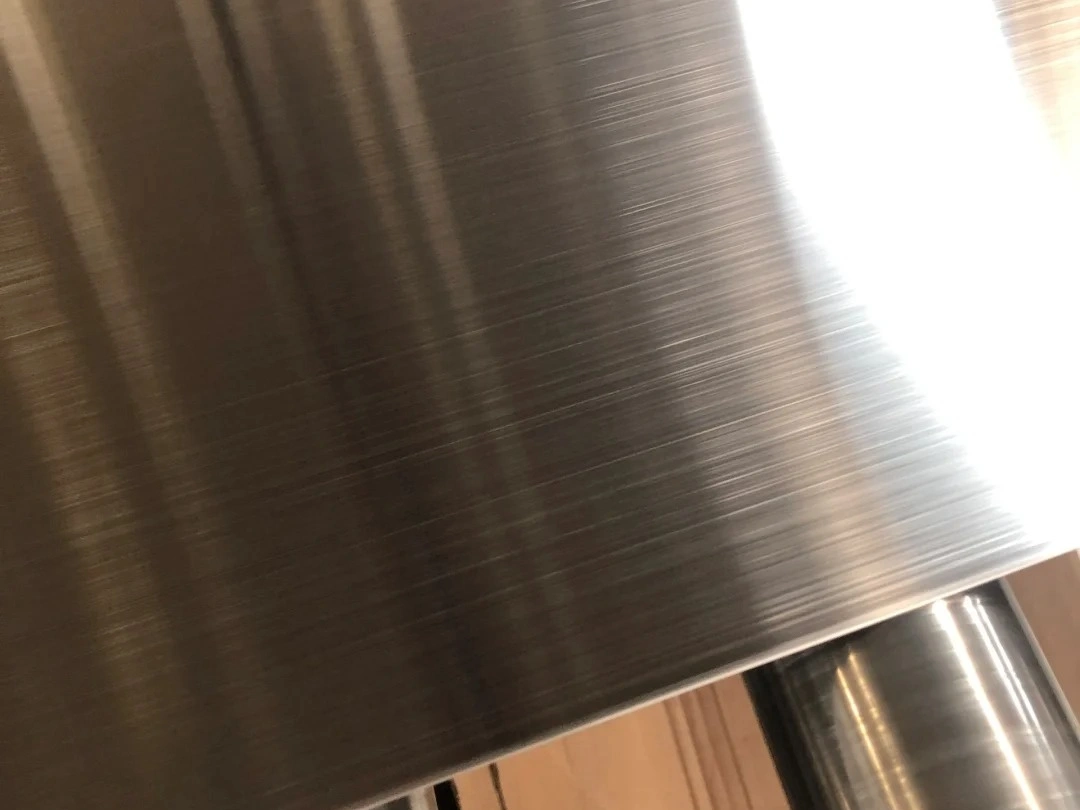
Learn More
Brushing
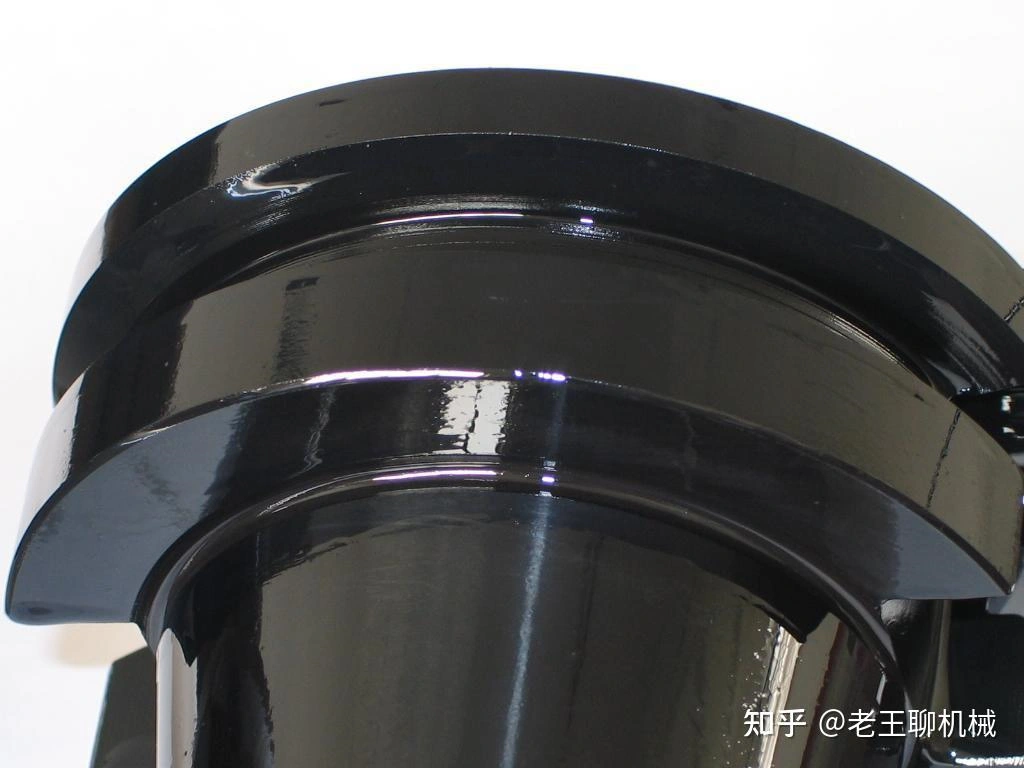
Learn More
Black Oxide
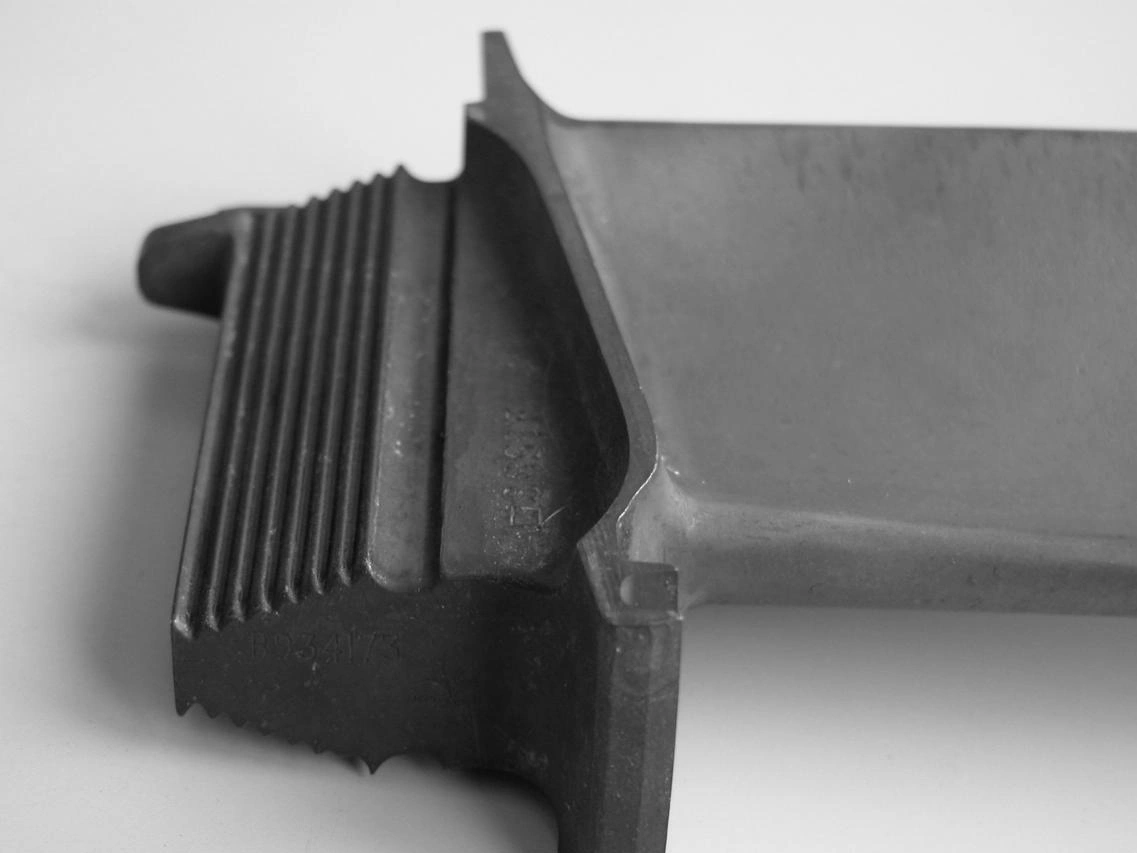
Learn More
Heat Treatment
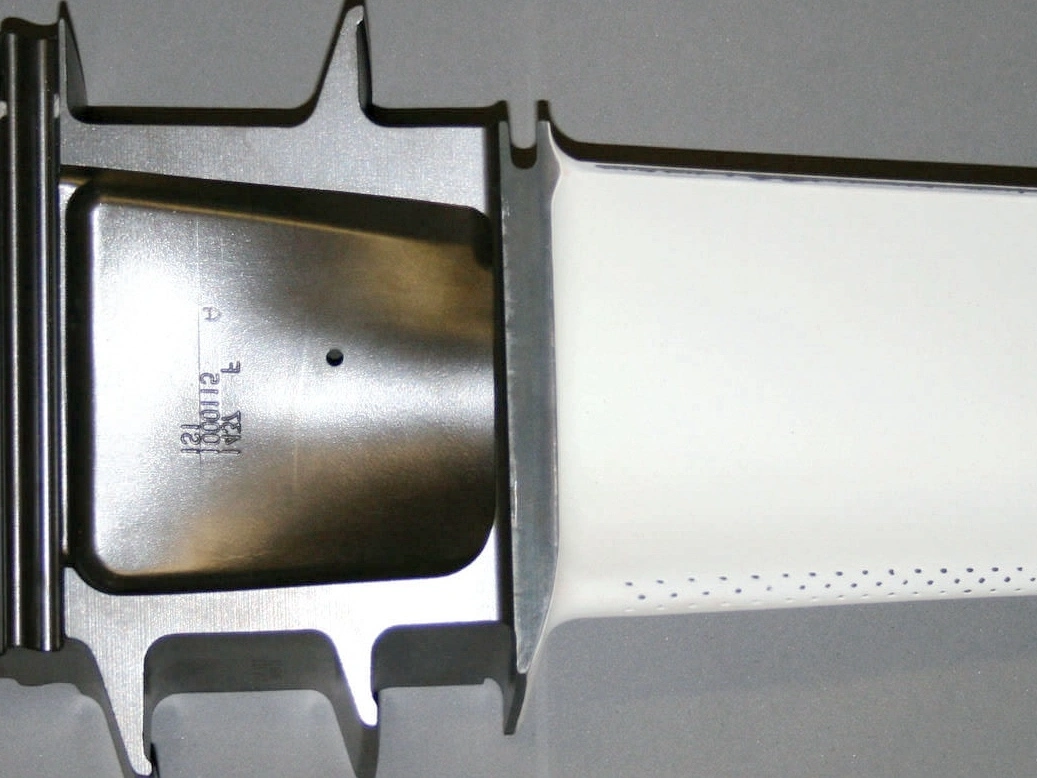
Learn More
Thermal Barrier Coating (TBC)
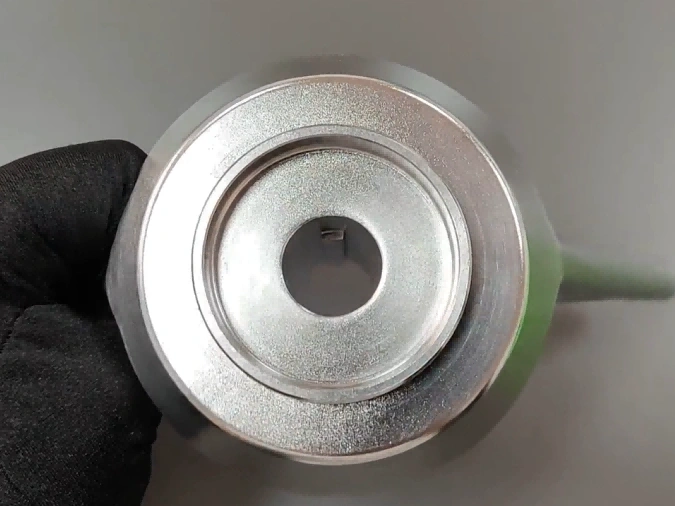
Learn More
Tumbling
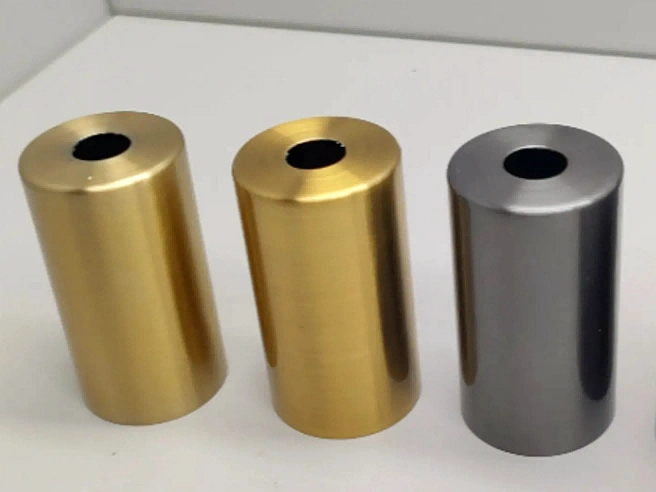
Learn More
Alodine
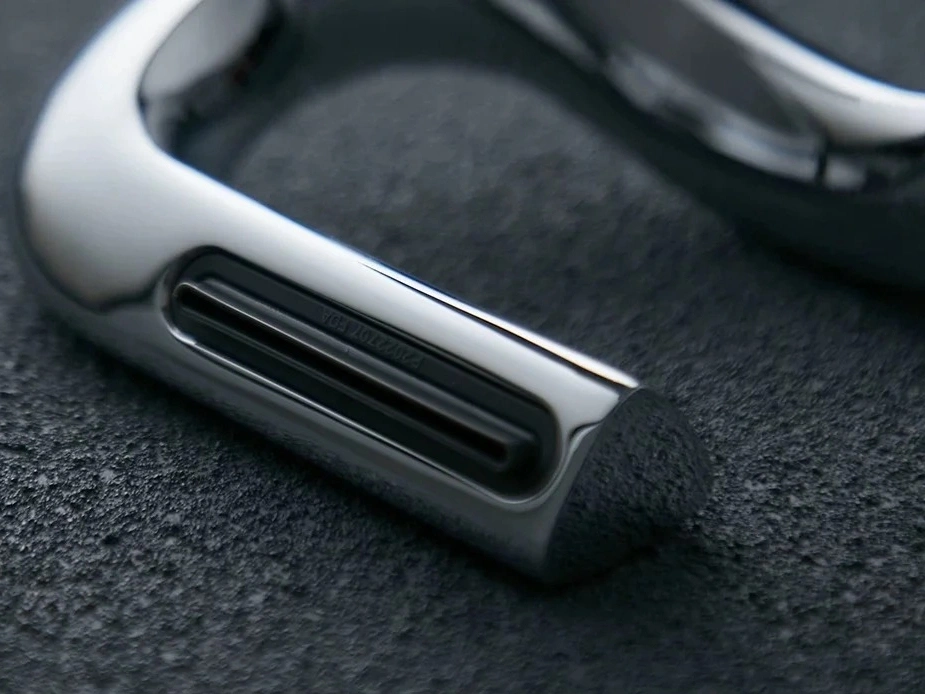
Learn More
Chrome Plating
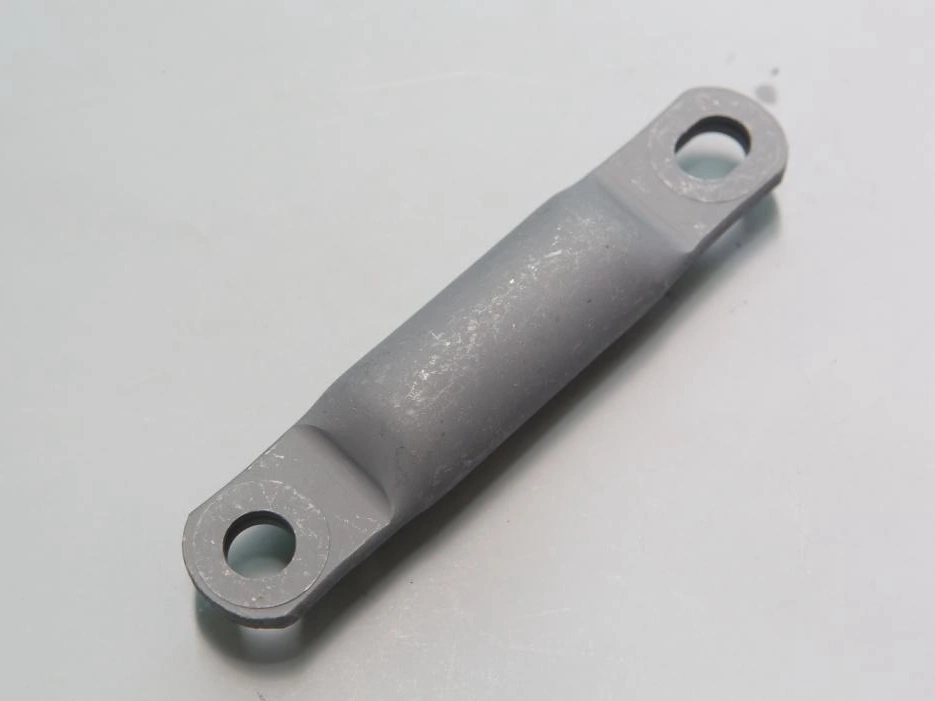
Learn More
Phosphating
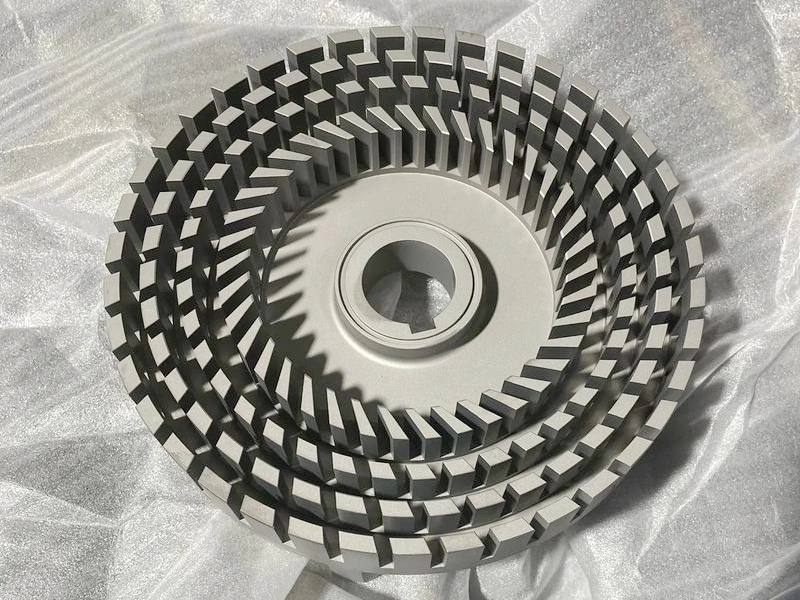
Learn More
Nitriding
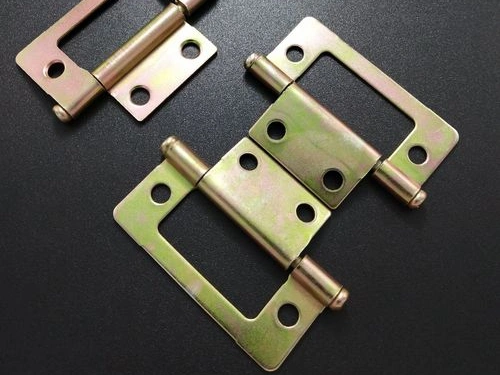
Learn More
Galvanizing
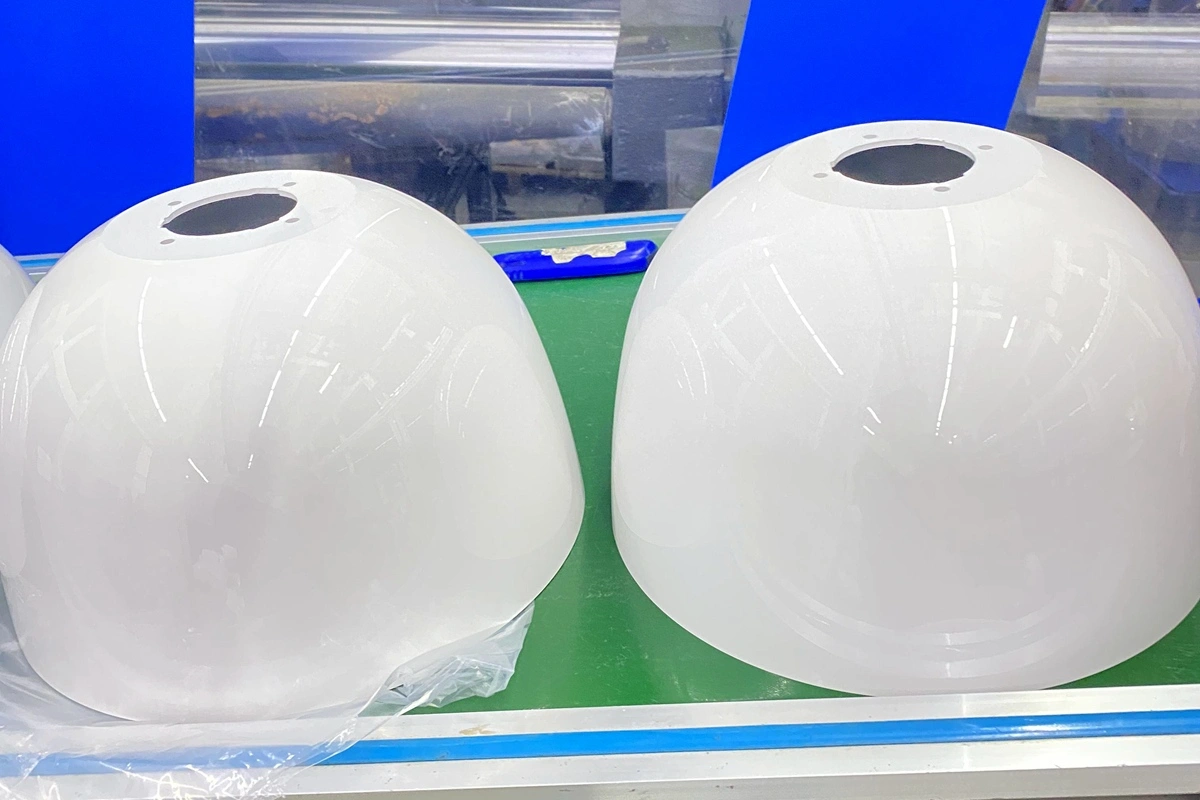
Learn More
UV Coating
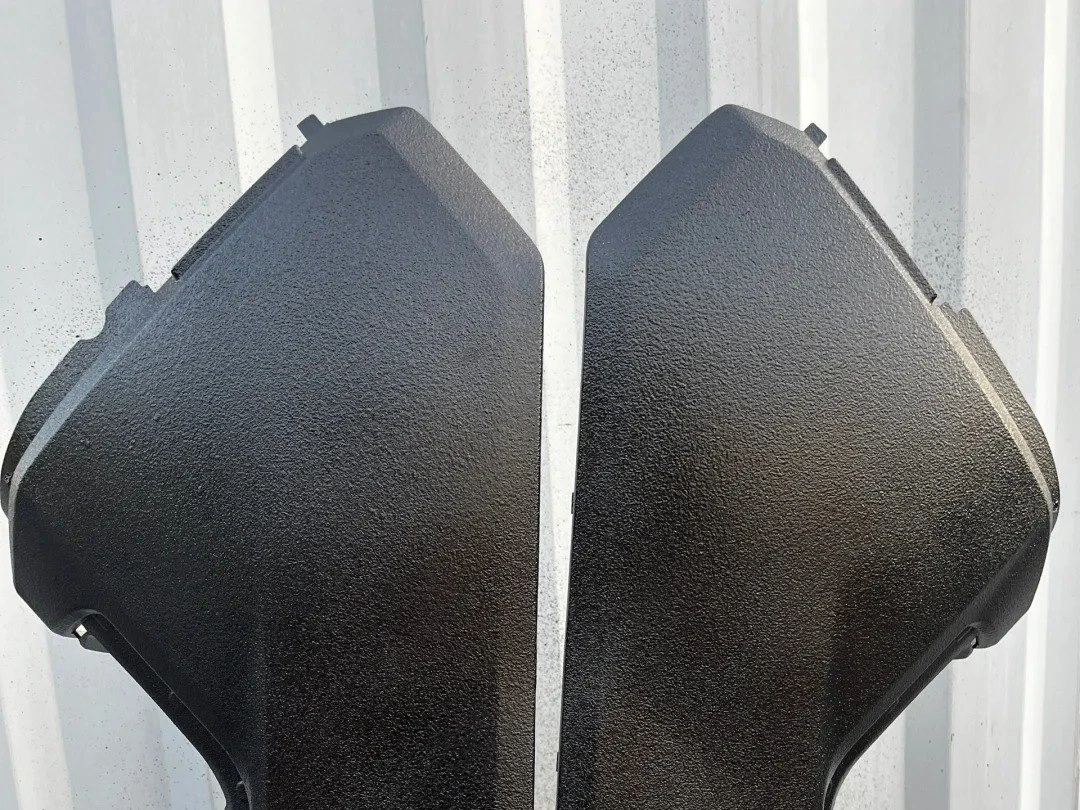
Learn More
Lacquer Coating
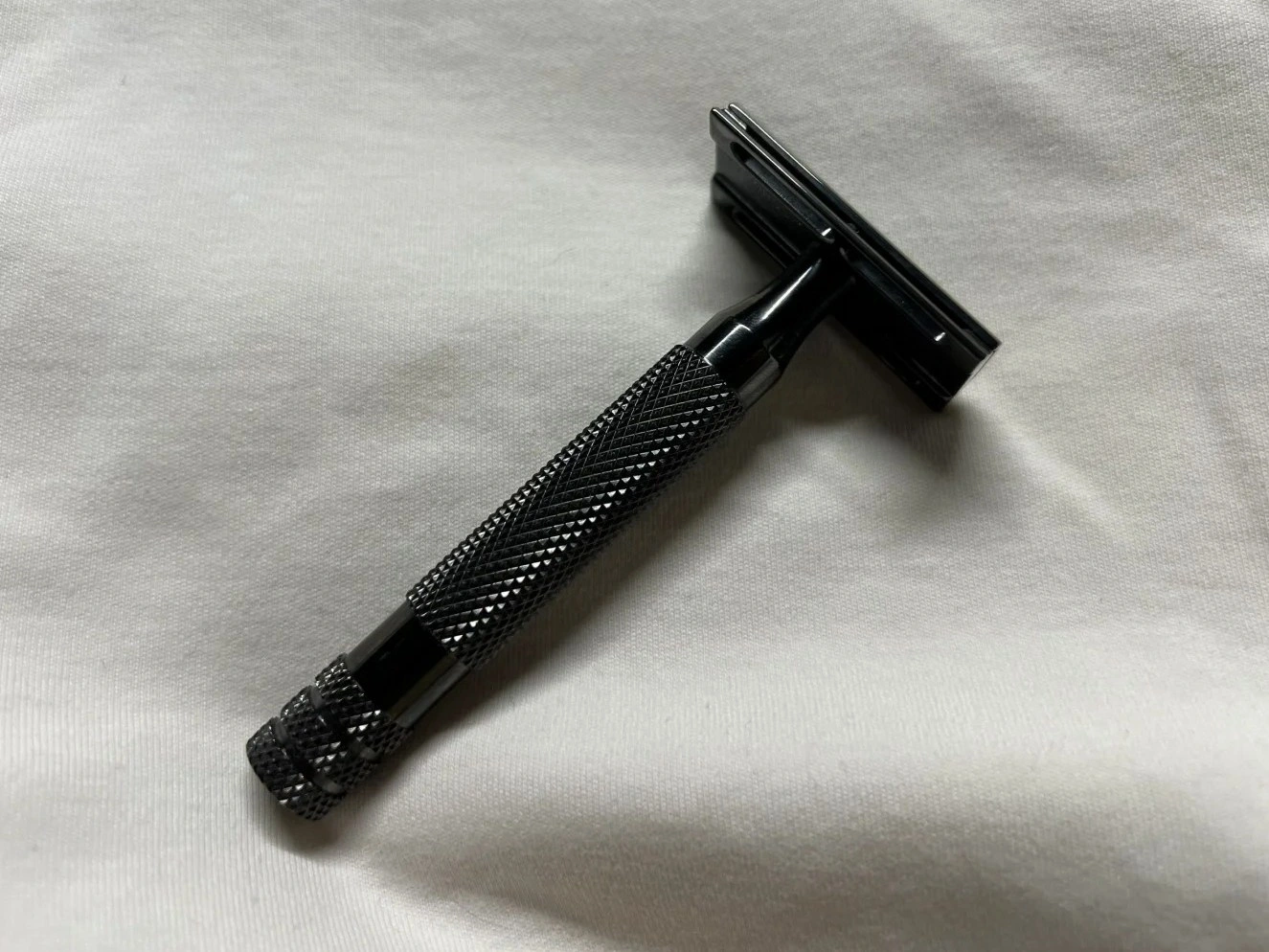
Learn More
Teflon Coating
Low Volume Machining Manufacturing Case Study
A low-volume machining manufacturing case study highlights reduced production costs, faster lead times, and improved product quality. It demonstrates flexibility in design iterations, precision with advanced machining techniques, and the ability to meet specific customer requirements with minimal waste.
Let's Start A New Project Today
Suggestions for Low Volume Machining
low volume CNC machining design guidelines emphasize material selection, uniform wall thickness, achievable tolerances, and accessible features. Key principles include avoiding sharp corners, minimizing material removal, and ensuring proper hole design and symmetry to optimize machining efficiency, cost, and part quality.
Frequently Asked Questions
Explore Related Resources
Solutions
Copyright © 2025 Machining Precision Works Ltd.All Rights Reserved.
